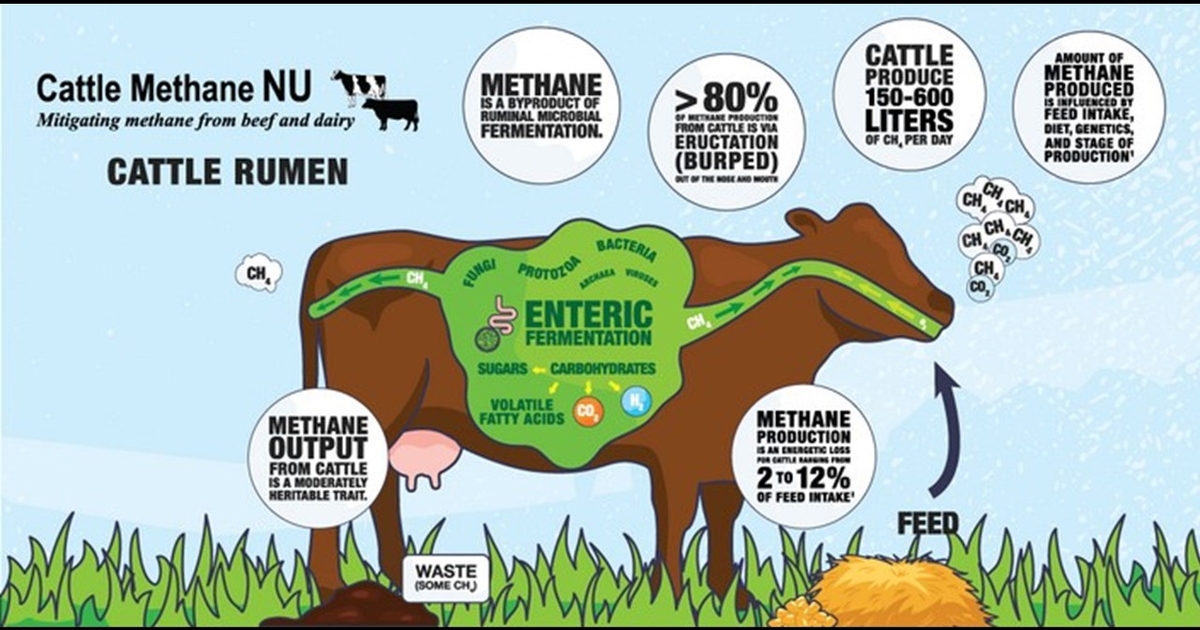USDA launches Remote Grading Pilot for Beef
Posted on January 19, 2024 by Compiled by staff
Source: Farm Progress. The original article is posted here.

Secretary Vilsack announced the new pilot during a panelist discussion with livestock producers and independent meat processing business owners in conjunction with the National Western Stock Show in Denver, Colorado. In addition to the pilot, Vilsack highlighted USDA programs in the West that create economic prosperity for farms, ranches and rural communities by supporting on-farm conservation, bolstering new markets, creating jobs, and keeping farming and ranching viable for the next generation. The announcement builds on USDA’s comprehensive approach to increase competition in agricultural markets, create a fairer playing field for small- and mid-size farmers and ranchers, and provide producers more options to market their products.
“On average, a beef carcass that grades as USDA Prime is valued at hundreds of dollars more than an ungraded carcass, but costs for this voluntary USDA service often prevents smaller scale processors and the farmers and ranchers they serve from using this valuable marketing tool,” Secretary Vilsack said. “This remote grading pilot opens the door for additional packers and processors to receive grading and certification services allowing them to access new, better, and more diverse marketing opportunities.”
Consumers as well as buyers and sellers of beef rely on USDA quality grades, including Prime, Choice and Select, as a clear and standardized way to indicate quality. Everyone involved in the beef supply chain, from cattle producers to beef consumers, benefit from the greater efficiency permitted by the application of official U.S. grade standards.
USDA offers these services to packers and processors on a user-fee basis. While over 90% of America’s fed beef supply is officially graded by USDA, most users are large beef packing operations. USDA’s meat grading and certification services are significantly underutilized by small, independent processors, in large part due to the expense of paying for a highly trained USDA grader to travel to their facility to perform service in-person for a relatively small number of cattle that may not require a full day of the graders’ work. Experience with remote grading so far has shown it dramatically reduces travel-related expenses, which makes the service more accessible to smaller processors.
In this pilot, trained plant employees capture specific images of the live animal and beef carcass. These images are submitted electronically to a USDA grader already stationed elsewhere in the U.S., likely located in another rural community, who reviews the images and accompanying plant records and product data, assigns the USDA Quality Grade and applicable carcass certification programs, and communicates the official grade back to the plant to be applied to the carcass. Plants can then use this information in their retail marketing and transmit carcass performance information back to producers.
The pilot will build on lessons-learned during AMS’ feasibility study of a “remote grading” process conducted during the second half of 2023. AMS will expand its testing by engaging a larger and more diverse number of beef packers to participate in the development of this procedure. Through the pilot, AMS will gather additional information on actual cost and the level of in-person surveillance needed to ensure program consistency and integrity to formalize this innovative service option as part of the USDA Quality Grading Service.
The Remote Grading Pilot for Beef is limited to domestic beef slaughter facilities operating under federal inspection and producing product that meets the eligibility criteria for the USDA grading program.
More information about the pilot can be found here. USDA will also be hosting a webinar Thursday, Jan. 25 at 3 PM ET to provide additional information about the program. To register, visit the signup webpage.
Cattle groups welcome the news
Cattle industry groups National Cattlemen’s Beef Association (NCBA) and U.S. Cattlemen's Association welcomed the news from USDA as it will not only expand opportunities for smaller processing facilities but also for producers.
“The USDA quality grades of Prime, Choice, and Select are instantly recognized by consumers and an important way for cattle producers to be rewarded for raising high-quality beef,” said NCBA Vice President of Government Affairs Ethan Lane. “NCBA is glad that USDA is launching this Remote Grading Pilot Program and expanding opportunities for meat grading to occur in smaller, local processing facilities. This will increase marketing opportunities for cattle producers and help them capture more value from their product.”
The U.S. Cattlemen’s Association (USCA) said the idea for the project was presented by the USCA Independent Beef Processing Committee in a policy resolution adopted in 2020. The association provided technical guidance to AMS on the pilot program as it was being developed.
USCA Independent Beef Processing Chairman Patrick Robinette commented: “Before today’s announcement, it was simply unaffordable for an independent producer or processor to participate in providing quality-graded beef to the marketplace. On my operation, the cost would have averaged $410 per head to receive grading services, which I would have never recouped. The pilot program would reduce that cost to $4.56 per head.”
Robinette explained that producers will now be able to access value-added programs that were previously unavailable to them. For example, the free ribeye grid device that will be provided to participating processing facilities will allow independent producers and processors to qualify for programs like Certified Angus Beef.
“USCA brought forward a producer pinch point in the marketplace and USDA provided a competitive and producer-driven solution, bringing a process developed in 1916 into the modern era," Robinette said. "USCA welcomes this pilot program and looks forward to continuing its work with the Biden Administration and providing technical assistance to fully implement it across the U.S.”

.jpg?disable=upscale&width=1200&height=630&fit=crop)


